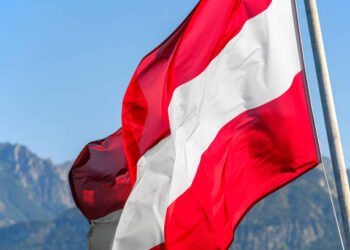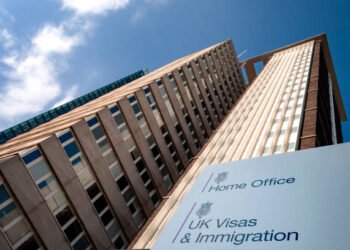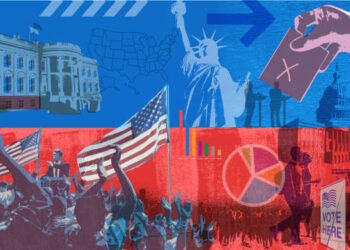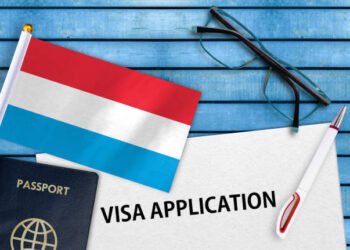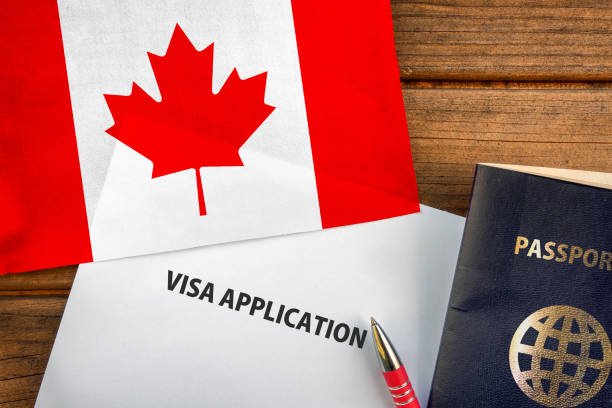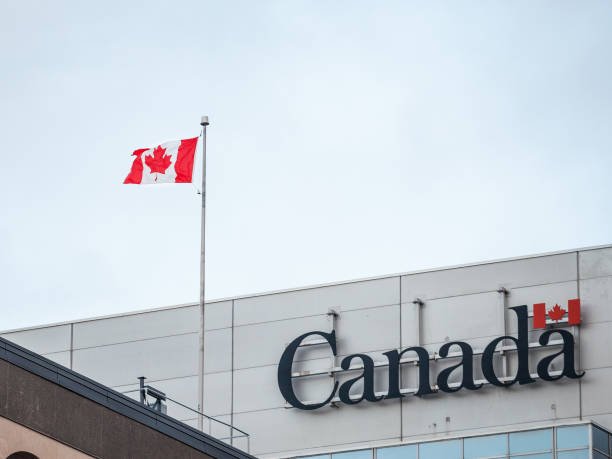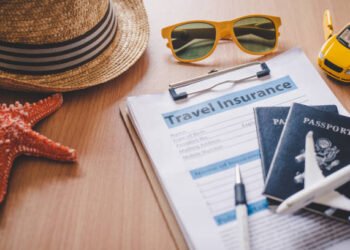Its very obvious that many are dreaming of a life in the United States but worried about cost and legal barriers? What if we told you that with just $25K, the right sponsorship strategy, you could legally relocate, work, and even settle permanently in America? In this post, you’ll discover 20 powerful pathways, many with visa sponsorships that can turn that dream into reality for you and your family.
Understanding the Basics of Visa Sponsorship and Budgeting
What Is Visa Sponsorship and Who Qualifies?
Visa sponsorship in the United States has referred to the process by which a U.S.-based employer, school, or organization supports an immigrant’s application for a visa. This sponsorship has been essential for most non-tourist visa categories, as it provides legal backing, job placement, and sometimes housing or relocation assistance.
Eligibility for visa sponsorship has depended on the visa type. Some pathways have required formal education or work experience, while others have been open to entry-level workers or students. Crucially, sponsors must have been authorized to employ or host non-citizens under U.S. immigration law.
How a $25,000 Budget Can Be Allocated
A $25K budget has been considered more than sufficient for the relocation process, including:
- Visa application fees (ranging from $160 to $700)
- Credential evaluation and translation services
- Initial flight ticket to the U.S.
- Temporary housing for the first 2–3 months
- Legal consultation (if needed)
- Basic living expenses while awaiting the first paycheck
With wise planning, this amount has covered both the logistical and legal aspects of immigration.
Importance of Choosing the Right Pathway
Not all visa pathways have matched every background. A degree-holder may have found better success through the H-1B or F-1 + OPT routes, while a caregiver might have benefitted from the EB-3 unskilled visa. Therefore, aligning qualifications with the most viable sponsorship opportunity has been key.
Employment-Based Pathways
H-1B Visa for Skilled Workers
The H-1B visa has allowed skilled foreign professionals to work in specialty occupations such as IT, engineering, finance, and healthcare. Employers must have offered a full-time position and submitted a Labor Condition Application. Sponsorship has been mandatory, and a cap has existed, limited to 85,000 new visas annually.
Costs to the applicant have remained moderate, as most application fees have been paid by the employer. With $25K, living expenses, document preparation, and travel could have been fully managed.
EB-3 Visa for Unskilled Workers
This green card pathway has permitted employment-based immigration for unskilled workers. Jobs in hospitality, construction, caregiving, or cleaning services have been typical. The sponsoring employer must have proven a labor shortage and submitted an approved PERM labor certification.
Visa issuance may have taken longer, but applicants could have entered with a work permit while waiting. The $25K budget could have supported document processing, language prep, and initial relocation.
J-1 Visa – Exchange Visitor Program
The J-1 visa has covered cultural exchange, internships, training programs, and teaching opportunities. Many positions have come with partial funding or housing support. Roles such as au pairs, medical interns, camp counselors, and foreign language teachers have been offered under this program.
Sponsorship has been arranged through a designated program sponsor, and out-of-pocket costs have stayed low.
TN Visa (For Canadians & Mexicans)
Professionals from Canada and Mexico have qualified for the TN visa under the USMCA agreement. Teachers, scientists, engineers, and healthcare workers have frequently used this visa.
Minimal fees and streamlined processing have made this an affordable and fast relocation path, ideal for those within North America.
L-1 Visa for Intra-Company Transfers
Employees already working for multinational companies abroad have been transferred to U.S. branches via the L-1 visa. This visa has allowed relocation with sponsorship from the current employer.
Housing allowances and relocation bonuses have often been included, making the $25K budget more than adequate.
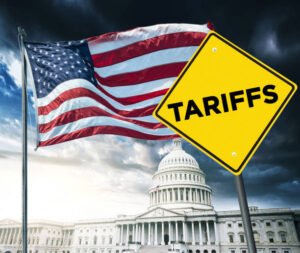
Entrepreneurial and Investment-Based Pathways
E-2 Investor Visa
The E-2 visa has permitted foreign entrepreneurs to live in the U.S. while managing a business. While larger investments have been preferred, startups with capital as low as $25,000 have been approved if the business has shown sustainability and job creation.
Funds could have been allocated to business setup, legal filings, and essential expenses. Sponsorship has not been needed, as the applicant acts as their own investor.
International Entrepreneur Parole
This program has allowed startup founders with significant potential or funding to relocate temporarily. Sponsorship by a U.S. investor, incubator, or VC has been required.
$25K has covered immigration processing, documentation, and personal support while business operations have commenced.
Education-Based Pathways with Sponsorship or Work Options
F-1 Student Visa with CPT/OPT
F-1 students have been permitted to work under Curricular Practical Training (CPT) during studies and Optional Practical Training (OPT) after graduation. Many have transitioned to H-1B status after securing job offers.
Affordable institutions and scholarship programs have made this path achievable within $25K, especially for short-term diploma or associate programs.
Community Colleges and Scholarships
Many immigrants have chosen community colleges due to low tuition. With tuition as low as $4,000/year and on-campus work eligibility, students have managed living costs within budget.
Scholarships and grants have further reduced financial pressure, while still offering post-study work opportunities.
Exchange Programs Sponsored by U.S. Institutions
Programs such as Fulbright or Hubert H. Humphrey Fellowships have sponsored graduate-level education in the U.S. Costs including flights, tuition, and health insurance have been covered by the host.
Applicants have only required minimal personal funding, making $25K an abundant support system.
Special Work and Seasonal Opportunities
H-2B Visa – Non-Agricultural Seasonal Jobs
This visa has supported seasonal workers in industries like landscaping, resorts, seafood processing, and amusement parks. Employers have often arranged housing and food.
Visa fees and travel expenses have sometimes been reimbursed, leaving the $25K budget mostly intact.
H-2A Visa – Agricultural Jobs
Short-term agricultural workers have been sponsored under the H-2A visa for planting, harvesting, and packing roles. Housing and meals have been provided by employers by law.
This option has required minimal personal funds, making it one of the most cost-effective entry paths.
Family-Sponsored and Humanitarian Pathways
Family Sponsorship
U.S. citizens and green card holders have been allowed to sponsor close relatives for immigration. Spouses, children, parents, and fiancés have qualified.
Filing fees and adjustment of status costs have ranged from $1,200 to $2,500. The remaining budget could have supported settlement and integration.
Green Card Lottery (DV Program)
Winners of the Diversity Visa Lottery have received green cards with only minimal filing fees. With no need for sponsorship or high education levels, this route has been attractive to many.
Applicants have only paid for the immigrant visa processing and medical exams—leaving most of the $25K untouched.
Asylum and Refugee Status
While not a conventional choice, asylum has been granted to eligible individuals facing persecution. Legal fees and evidence collection have consumed part of the budget, but work authorization and permanent residency have followed successful applications.
Tech and Remote Job Routes
Remote Jobs + Global Employment Platforms
Freelancers and remote professionals have worked for U.S. companies abroad and transitioned to physical relocation through sponsorship. Upwork, Toptal, and Deel have facilitated remote onboarding.
By building relationships and showcasing value, workers have later received H-1B or O-1 sponsorship.
Tech Bootcamps + Employer Placement
U.S.-based coding bootcamps have provided post-program employer introductions. Fields like software engineering, UX design, and cloud security have offered high-demand pathways.
Partial scholarships or income-sharing agreements have made this route budget-friendly.
Relocation Programs and Agencies
U.S. Relocation Assistance by Multinational Companies
International employees have been moved to U.S. offices with full visa sponsorship and relocation packages. Tech, finance, and healthcare industries have led these efforts.
Bonuses, housing support, and legal aid have been offered, making relocation almost cost-free.
Job Fairs and Talent Mobility Programs
Virtual and in-person job fairs have been organized by U.S. employers and recruitment firms. Pre-arranged sponsorship and fast-track processing have been common features.
Participation costs have remained low, and success rates have been high for attendees with relevant skills.
Faith-Based or Volunteer Entry Programs
Non-profits and religious organizations have supported visa applications for missionaries, volunteers, and community workers. Visas like R-1 and B-1 have been granted under special permissions.
Housing, meals, and modest stipends have been provided. The $25K budget has easily covered any administrative costs.
Bonus Section: Tips to Maximize Your $25K Budget
Prioritize Visa-Eligible Jobs
Efforts have been focused on occupations that qualify for sponsorship—such as healthcare, education, and IT. Applying to general positions without employer sponsorship has wasted time and money.
Use Legal Aid Services or Reputable Agents
Immigration consultants or lawyers have ensured correct paperwork and improved approval chances. Free or subsidized help has been found through local immigrant centers.
Budget for Delays and Emergencies
A buffer of 3–6 months of living expenses has been kept aside in case of visa delays or job search gaps.
Leverage Government Resources
Websites such as uscis.gov, dol.gov, and embassy sites have provided up-to-date and free information.
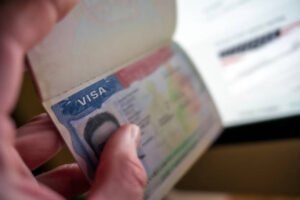
Conclusion
With the right strategy, $25,000 and a strong visa sponsorship can open the doors to a successful relocation to the United States. From seasonal work and family sponsorship to skilled immigration and remote tech roles, these 20 pathways have served thousands of immigrants across the globe. By aligning your experience with a suitable route and maximizing your budget, your American dream can be realized in 2025.
Aspiring immigrants are encouraged to begin preparations early, seek mentorship, and use official platforms to apply safely and successfully.


